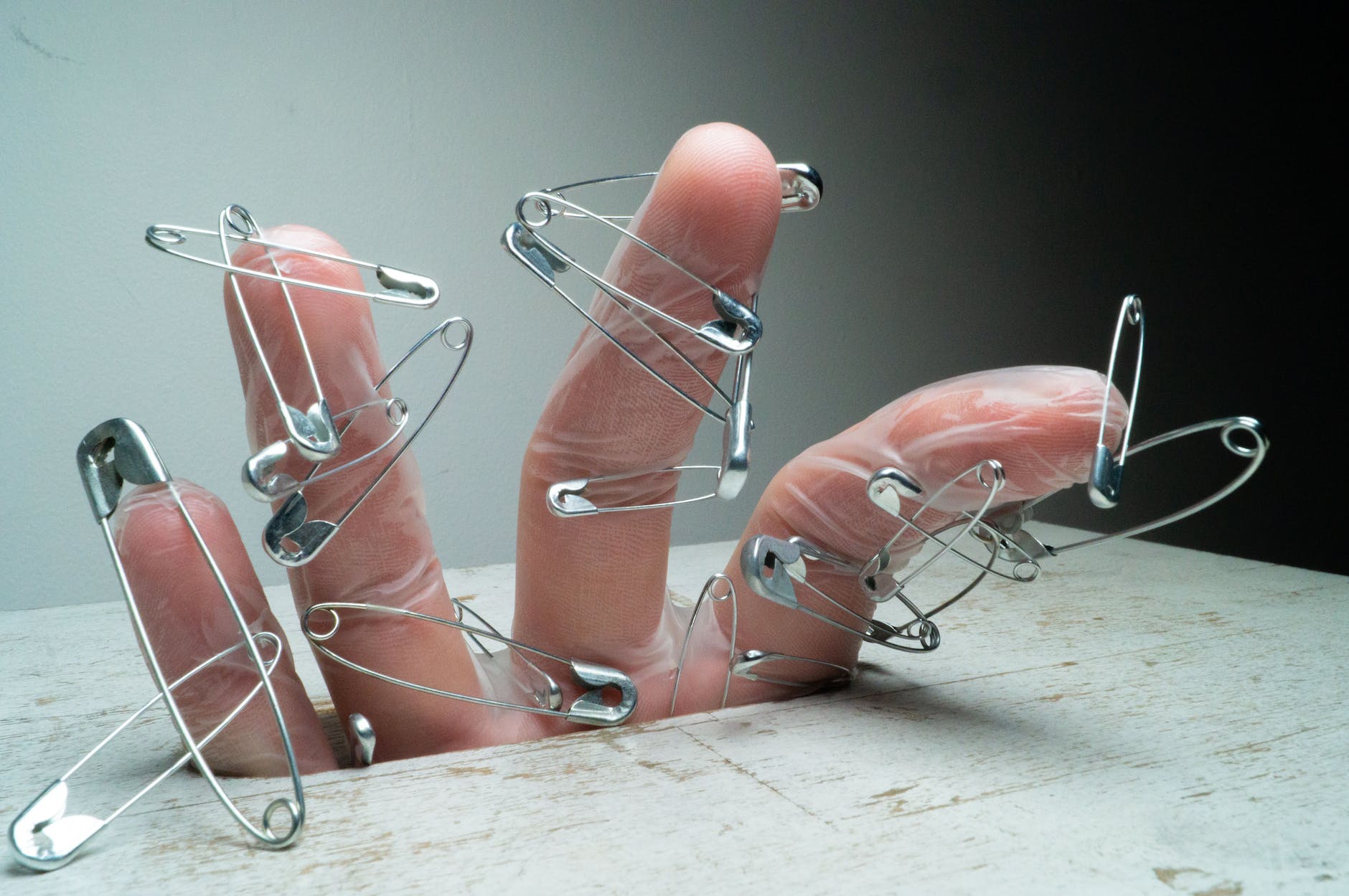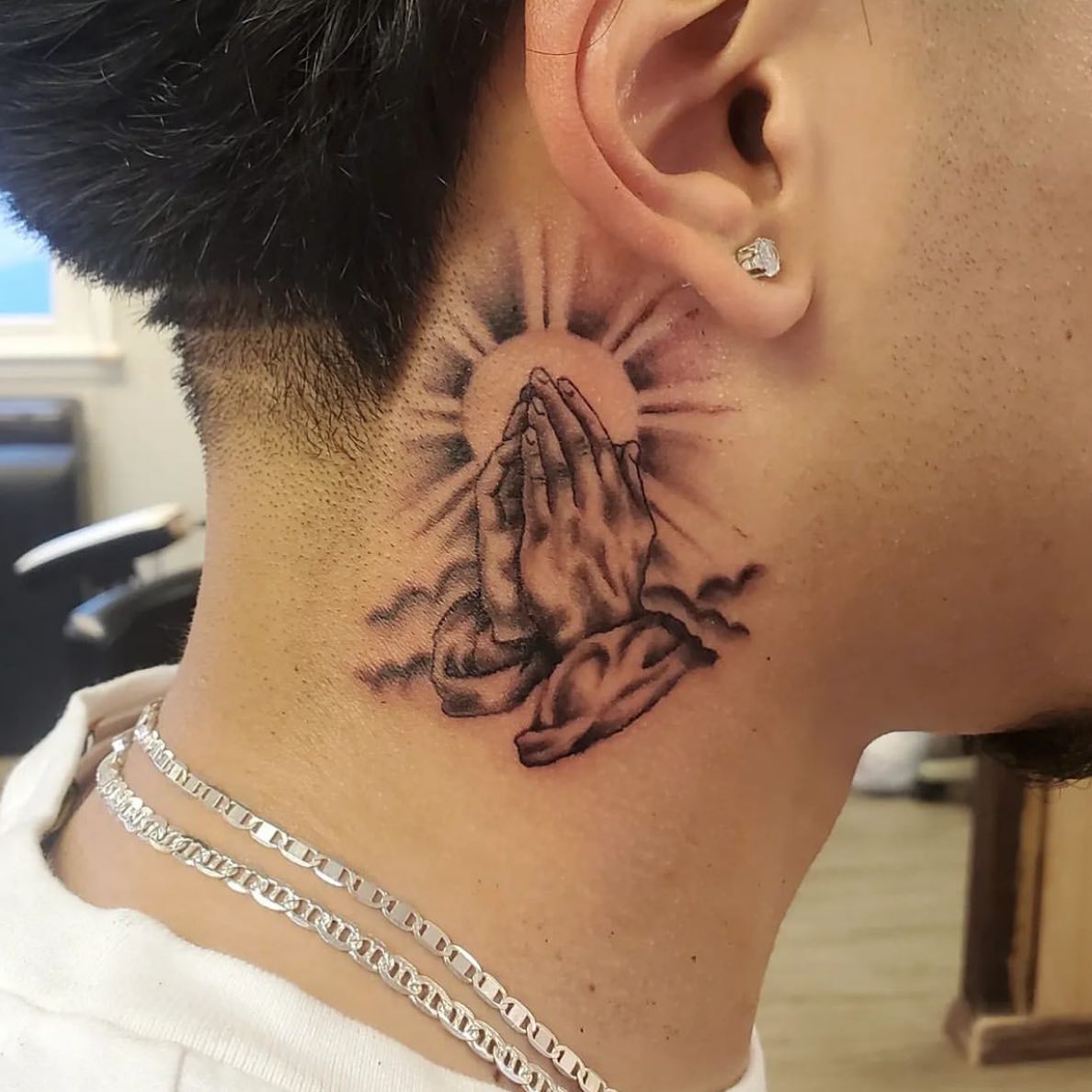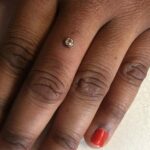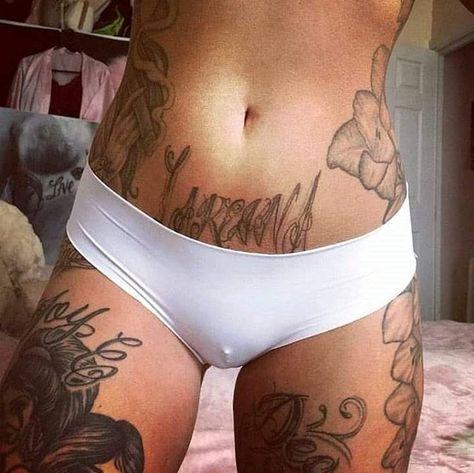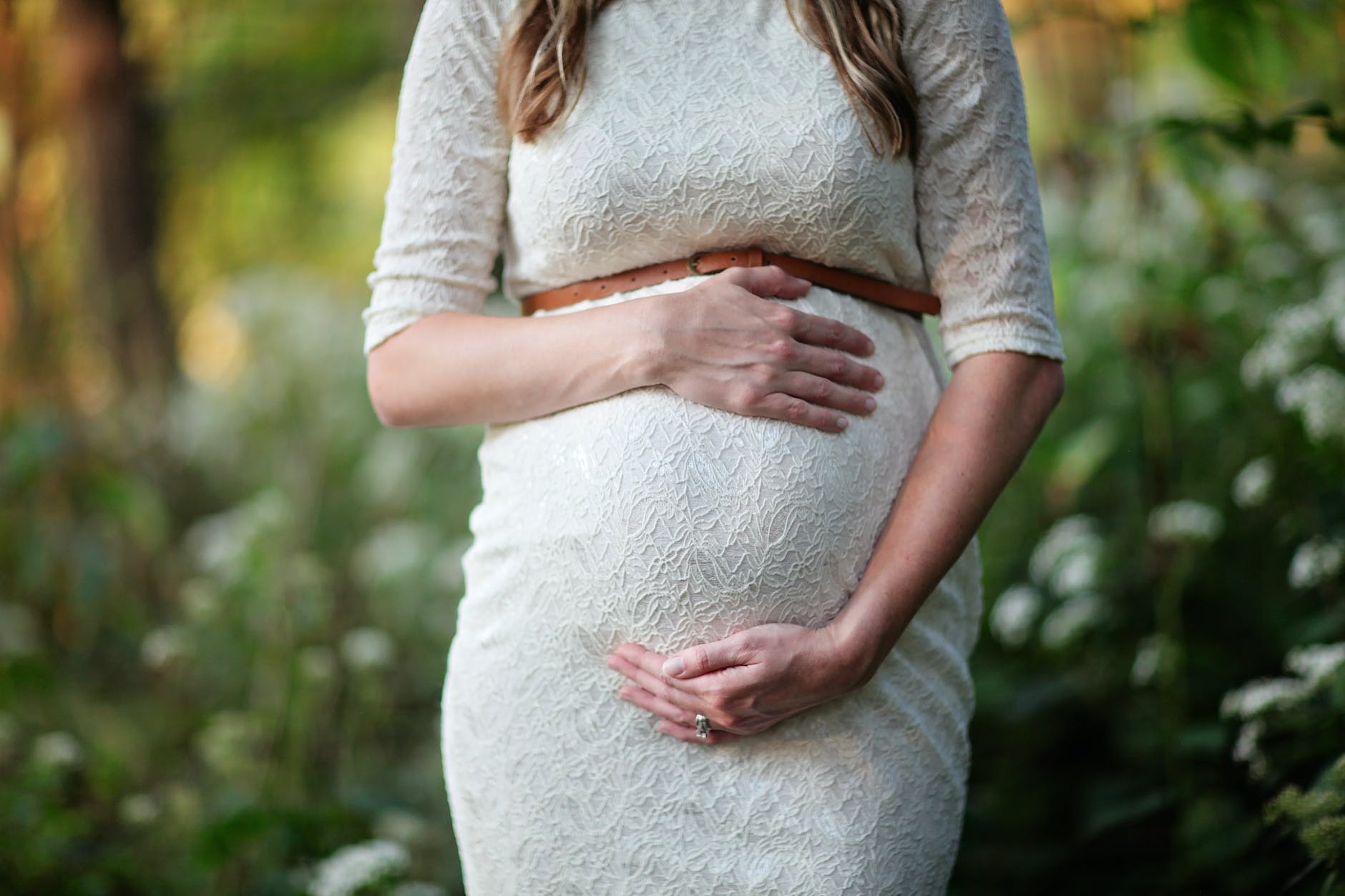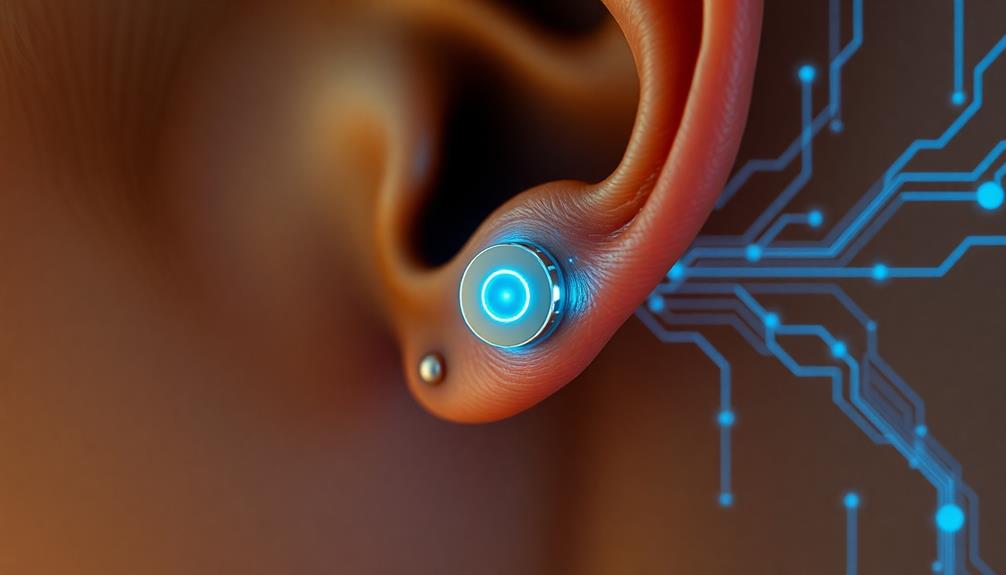Choosing to get a piercing can be a fun and exciting decision that adds an attractive touch. It’s crucial to understand the proper methods for cleaning, upkeep, and ensuring it stays looking great.
Rejection
During the process of getting your hand pierced, you might have noticed some changes. It is not uncommon to experience some swelling, redness, and scabbing. These changes are part of the healing process. These symptoms may persist for several days.
It is important to take care of yourself both during and after your piercing. This will help your body recover faster. It helps to prevent rejection from piercings.
The best way to prevent rejection is to keep your piercing clean and free of infections. This will lower the chance of scarring.
You can also use hypoallergenic jewelry, like gold or stainless steel. Jewelry made of hypoallergenic metals will not irritate the skin as much.
The skin is the body’s largest organ, and is the best defense against harmful microbes. It protects against many hazards. It can hold bodily fluids such as blood and saliva and prevents them from getting into the bloodstream.
When an infection occurs, it can cause your immune system to go into overdrive, resulting in a variety of symptoms. These can include swelling, burning, and itching. This may be a sign of rejection, and you should seek medical attention immediately.
Jewelry migration is one of the most common reasons for rejection. You might have noticed that your piercing is no longer in the same place. You might also notice that the entrance and exit holes seem to be closer than before. The tissue between them has become thinner.
Piercing rejection is usually noticeable within a few weeks of getting a piercing, but can occur years afterward. Some people can save their piercings. If this is the case, you can try re-piercing in the same spot. If you cannot, you should have your piercing removed. It will prevent further damage to the skin and stop the migration from getting worse.
Piercing rejection is not a very common problem, but it can occur. Before you go for piercings, it is a good idea to consult a healthcare provider.
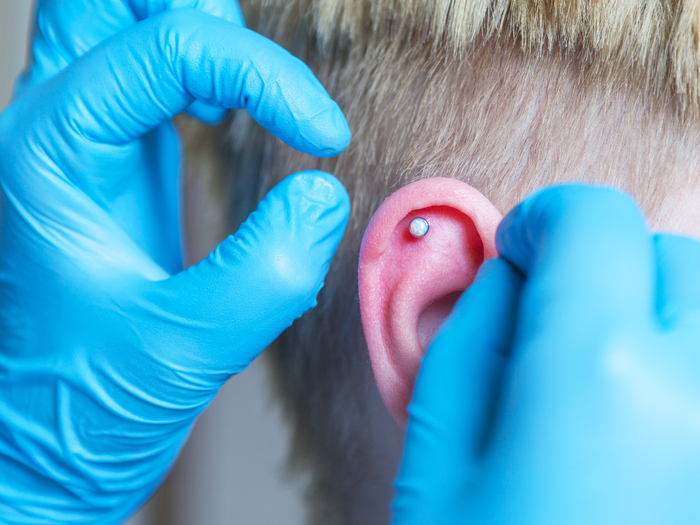
Hypergranulation
Hypergranulation is a common occurrence during the healing process after a piercing. Hypergranulation is a reddish, puffy skin layer that forms around piercings. The most common places for hypergranulation to occur are on the nostrils, the mucosal surface of the lips, and the surface of the navel. The piercing will also become more susceptible to infection if the hypergranulation continues.
The good news is that hypergranulation can be easily treated. A simple process that can be done at home is to soak the piercing in a salt water solution for about 5 minutes. This will draw out any fluids and clear the piercing holes.
Another good method is to use a scalpel to remove scar tissue around the anchor. Then, you can apply sutures or a bandage.
To fight infection, you can also use hot compresses. These compresses should only be used twice daily for approximately 10 minutes each. They can be done with a single use paper product or even a paper towel. They should then be rinsed under running water.
Consult a doctor if you have a piercing that is infected. Although it may seem like the best way to treat the piercing is to remove it, this is not the best choice. If left untreated, your piercing could become permanently damaged.
Another option is to wear a shorter piece. This will minimize the pressure on the fistula. You can also replace your jewelry with bigger pieces. To prevent hypergranulation, you can also wear captive rings or other jewelry.
These are some of the most effective ways to treat hyper granulation. If the granulation tissue grows or becomes too large, you might need to seek medical attention. It may be necessary to remove the piercing and replace it with a new one.
An aftercare spray specifically designed for hypergranulation is another option. It should contain water-soluble ingredients and be gentle on the skin.
Cleaning
Keeping your hand piercings clean helps them heal quickly and painlessly. There are many ways to clean piercings. However, it is important that you know how to do it correctly. Use gentle soaps and cleaning products to avoid irritating your piercings. Don’t over-rinse your piercings to make them worse.
First, you need to wash your hands before touching your piercings. This helps to remove dirt and germs. If you smoke, you will need to take care of your piercings.
You can also wash your hands after you’ve eaten. Bar soap can contain bacteria so you should avoid contacting it. Antimicrobial soap is a better choice. You can apply it with Q-tips or a spray bottle.
After your piercing is clean, you should apply a layer of petroleum jelly to prevent it from being infected. You can also apply an ointment that contains antibiotics. These ointments are formulated to heal piercings for a long time. You can choose from Neosporin(r), triple antibiotic ointment, or bacitracin.
After you’ve applied the ointment, you can use a cotton ball to remove any scabs. For drying the piercing, a non-woven gauze is best.
You should also apply a saline rinse during the healing process. Saline piercing spray can be purchased at drugstores. This spray is convenient for cleaning your piercings on-the-go. For a rinse, you can mix Listerine and water. To remove any excess solution, you will need a clean cloth.
Also, avoid rubbing your piercings with your fingers. This can irritate your piercing and cause it to heal slower. If you’re in the shower, you should be careful not to touch your piercing with the soap on your hands.
For the first month, you should clean your piercings at least three times per day. You should continue this routine for the rest of your healing time. It is important to eat a healthy diet, exercise regularly, and keep fit.
If you’re not comfortable with using saline solutions, you can use regular face wash or unscented liquid soap.
Aftercare
It is important to keep your piercings clean as part of the aftercare process. Soap is effective in removing dirt and natural discharge, while a saline solution can clean up any bodily fluids that have built up. A saline spray on a non-woven sterile gauze can also be used as a gentle compress.
It’s best to clean your piercing on a daily basis. Soap helps remove any cosmetics, sweat, and natural discharge. It is best to avoid using dyes and perfumes in your soap. Avoid antibacterial soaps, hydrogen peroxide, and petroleum jelly, which can irritate your piercing.
It is important to not sleep on your piercings. This reduces circulation and can cause swelling. Once your piercing has healed, you should not swim in lakes.
You should also avoid wearing jewelry that sits on your piercing. You should not wear jewelry that is too large. It could pull your skin completely. The jewelry could cause skin to heal and require surgical removal.
When cleaning your piercing, avoid using paper towels or band-aids. These can cause the piercing to become agitated and migrate. This can be avoided by using an elastic bandage.
You should also avoid using alcohol and hydrogen peroxide. They can cause irritation bumps and can slow down the healing process.
After you have finished cleaning your jewelry, take it off and dry it with a warm towel. It is also important to avoid touching your piercing with dirty hands. This can transfer bacteria.
Based on their extensive clinical experience, the Association of Professional Piercers suggested guidelines for aftercare. These guidelines are based on research and common sense. They are not intended to be a substitute for medical advice.
Piercings can take up to six months to heal. Vitamins and antioxidants can speed up the healing process. You can also increase circulation with a heating pad or hotwater bottle.
The healing process is different for every individual. Some people heal in one week or less, while others may take months. Your lifestyle, geography, climate, and other factors may have different aftercare requirements.
Hi, my name is Danielle, and I’m an author for piercings-body.com. I have a passion for writing and love to share my knowledge on all things body piercing-related. I’m also a huge advocate for safe body modification practices and believe everyone should be able to make informed decisions about their bodies. When I’m not writing or blogging, I enjoy spending time with my family and friends, practicing yoga, and exploring new places.

